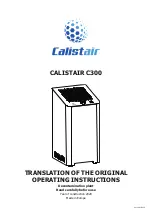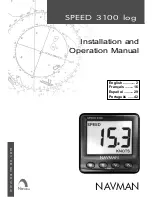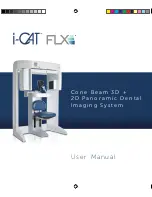
7
Optimizing the MS Detector with Your Analyte in APCI/MS Mode
Setting Up the Inlet for Tuning Using High-Flow Infusion
Thermo Electron Corporation
LTQ XL Getting Started
117
Figure 57.
APCI/MS plumbing connections for the LC Tee union
5. Connect a segment of PEEK tubing from the (black) LC Tee union to
the APCI LC inlet, as follows. See
.
a. Use a PEEK tubing cutter to cut a 4 cm (1.5 in.) length of the PEEK
tubing.
b. Connect the PEEK tubing with a (brown) fingertight fitting and a
(brown) ferrule to a free end of the (black) LC Tee union.
c. Connect the other end of the PEEK tubing with a (red) fingertight
fitting and a (brown) ferrule to the LC inlet located on the APCI
probe.
Grounding Union
(P/N 00101-18182)
LC Tee Union
(P/N 00101-18204)
From LC Union
Fingertight
Fittings
(P/N 00101-18081)
Stainless Steel
Ferrule
Infusion Line
Fused-Silica Capillary
(P/N 00106-10504)
PEEK Tubing
(P/N 00301-22912)
From Divert /
Inject Valve
Ferrules
(P/N 00101-18196)
Ferrules
(P/N 00101-18120)
Stainless
Steel Nut
Fingertight
Fitting
(P/N 00101-18195)
PEEK Tubing
(P/N 00301-22912)
Note
To cut the PEEK tubing used to connect your LC to the
divert/inject valve and the divert/inject valve to the APCI source,
use a PEEK tubing cutter. This ensures that the tubing is cut
straight. In addition, make sure your LC fittings, ferrules, and
PEEK tubing are installed properly. By using these precautions, you
prevent void (dead) volumes. The exclusion of void volumes is
critical to microbore LC. Also, void volumes affect the quality of
the MS detector signal.
















































